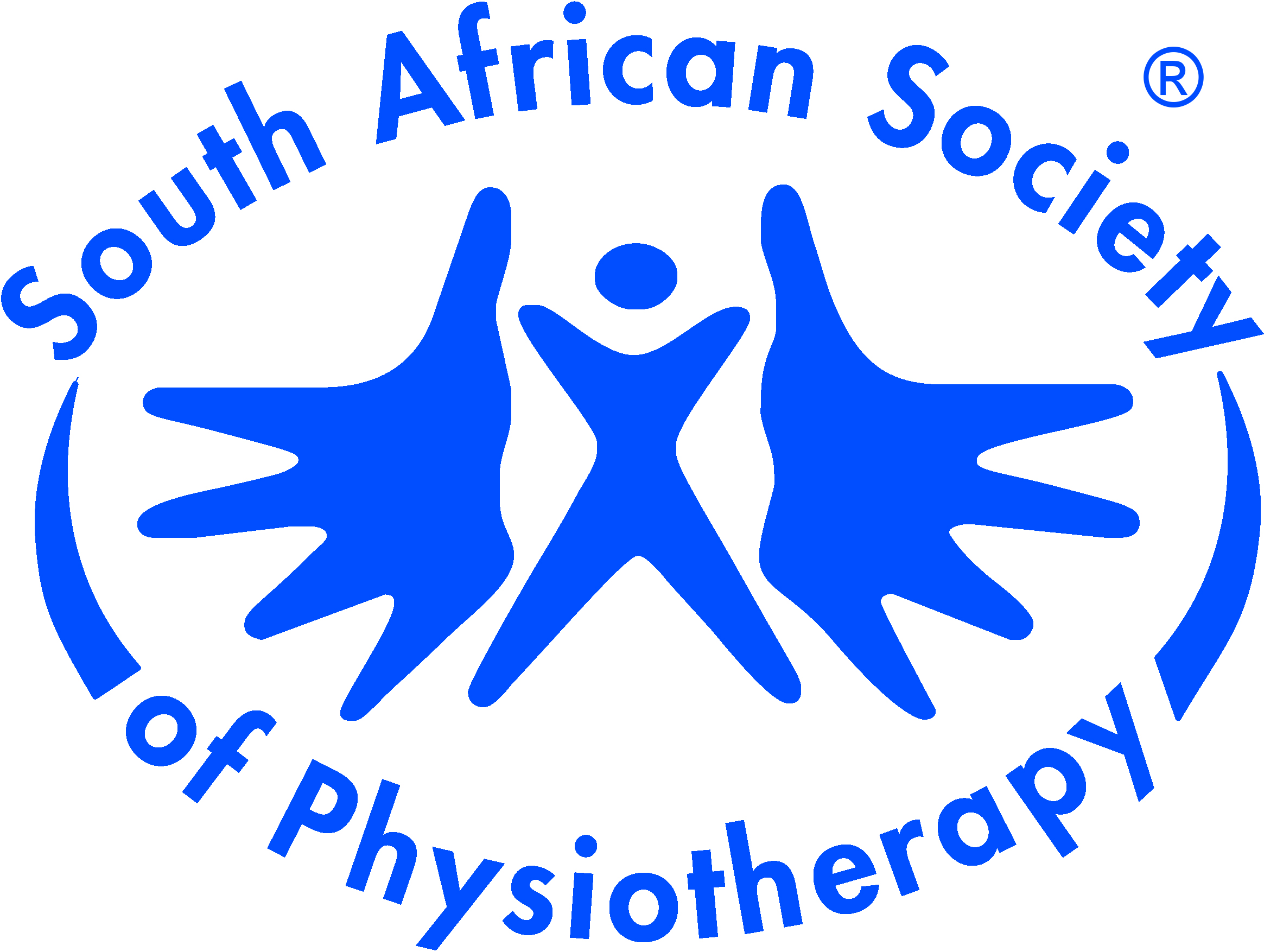Review Article
HIV - implications for exercise in treatment and rehabilitation
South African Journal of Physiotherapy | Vol 60, No 4 | a190 |
DOI: https://doi.org/10.4102/sajp.v60i4.190
| © 2004 M. Mars
| This work is licensed under CC Attribution 4.0
Submitted: 12 January 2004 | Published: 12 January 2004
Submitted: 12 January 2004 | Published: 12 January 2004
About the author(s)
M. Mars, Department of telehealth, Nelson R Mandela School of Medicine, University of Natal, South AfricaFull Text:
PDF (64KB)Abstract
Exercise is an integral part of many forms of rehabilitation
following muscle injury or surgery. It is usual to advise patients with a viral infection to avoid exercise because of the risk of developing myocarditis. Should HIV+ patients should be encouraged to undertake exercise as part of rehabilitation and should they further be advised to participate in regular exercise? There is sufficient evidence to support the benefits of regular exercise in the HIV+ patient. They will experience a training effect dependent on the normal parameters of frequency, intensity, duration, and mode of exercise. The disease does place potential limitations to exercise, as the HI virus directly affects pulmonary, cardiac, skeletal muscle and endocrine function. The effects of these changes may be exacerbated by secondary infection and other pathological changes may be induced by treatment. The advent of highly active antiretroviral therapy has brought with it a range of metabolic changes that may also influence exercise participation. The limitations to exercise imposed by HIV infection and its treatment are reviewed.
following muscle injury or surgery. It is usual to advise patients with a viral infection to avoid exercise because of the risk of developing myocarditis. Should HIV+ patients should be encouraged to undertake exercise as part of rehabilitation and should they further be advised to participate in regular exercise? There is sufficient evidence to support the benefits of regular exercise in the HIV+ patient. They will experience a training effect dependent on the normal parameters of frequency, intensity, duration, and mode of exercise. The disease does place potential limitations to exercise, as the HI virus directly affects pulmonary, cardiac, skeletal muscle and endocrine function. The effects of these changes may be exacerbated by secondary infection and other pathological changes may be induced by treatment. The advent of highly active antiretroviral therapy has brought with it a range of metabolic changes that may also influence exercise participation. The limitations to exercise imposed by HIV infection and its treatment are reviewed.
Keywords
hiv; exercise; lung function; cardiac function; skeletal muscle; metabolic disturbance
Metrics
Total abstract views: 2827Total article views: 3667
Crossref Citations
1. Topics on HIV/AIDS for Inclusion Into a Physical Therapy Curriculum: Consensus Through a Modified Delphi Technique
Hellen Myezwa, Aimee Stewart, Patty Solomon, Piet Becker
Journal of Physical Therapy Education vol: 26 issue: 2 first page: 50 year: 2012
doi: 10.1097/00001416-201201000-00009
